Drying marjoram
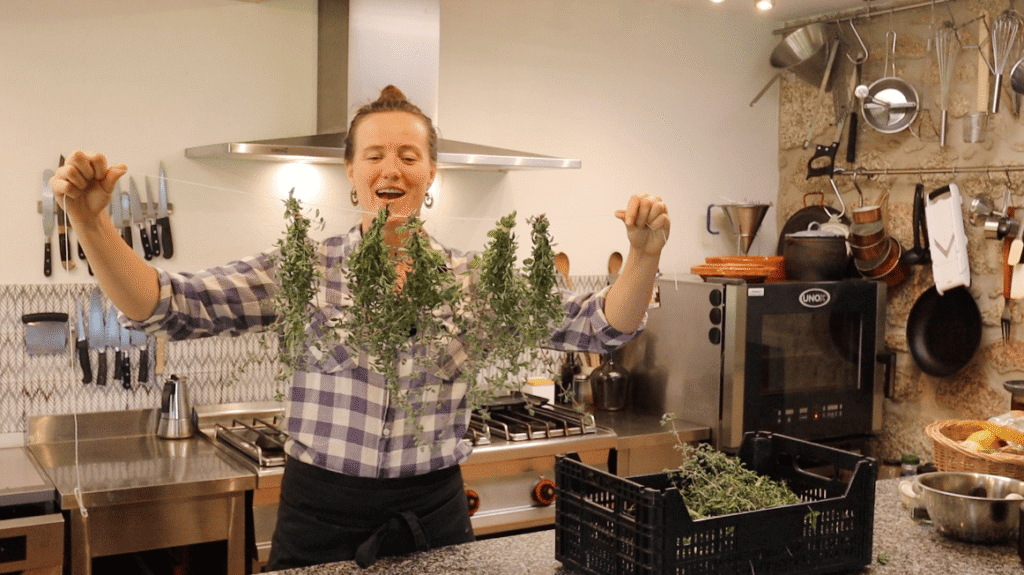
I bundle small handfuls and secure them with elastic bands (they shrink as the herbs dry), then hang them upside down in our dark pantry. It’s simple, low-tech, and effective.
Drying herbs is one of the oldest preservation techniques, and marjoram, with its delicate leaves and aroma, lends itself beautifully to this method. If your marjoram is homegrown and clean, there’s no need to wash it—just shake off any dust and you’re good to go. I like to harvest mine into a loose crate and sort through it quickly to remove any unwanted plants.


I bundle small handfuls and secure them with elastic bands (they shrink as the herbs dry), then hang them upside down in our dark pantry. It’s simple, low-tech, and effective.
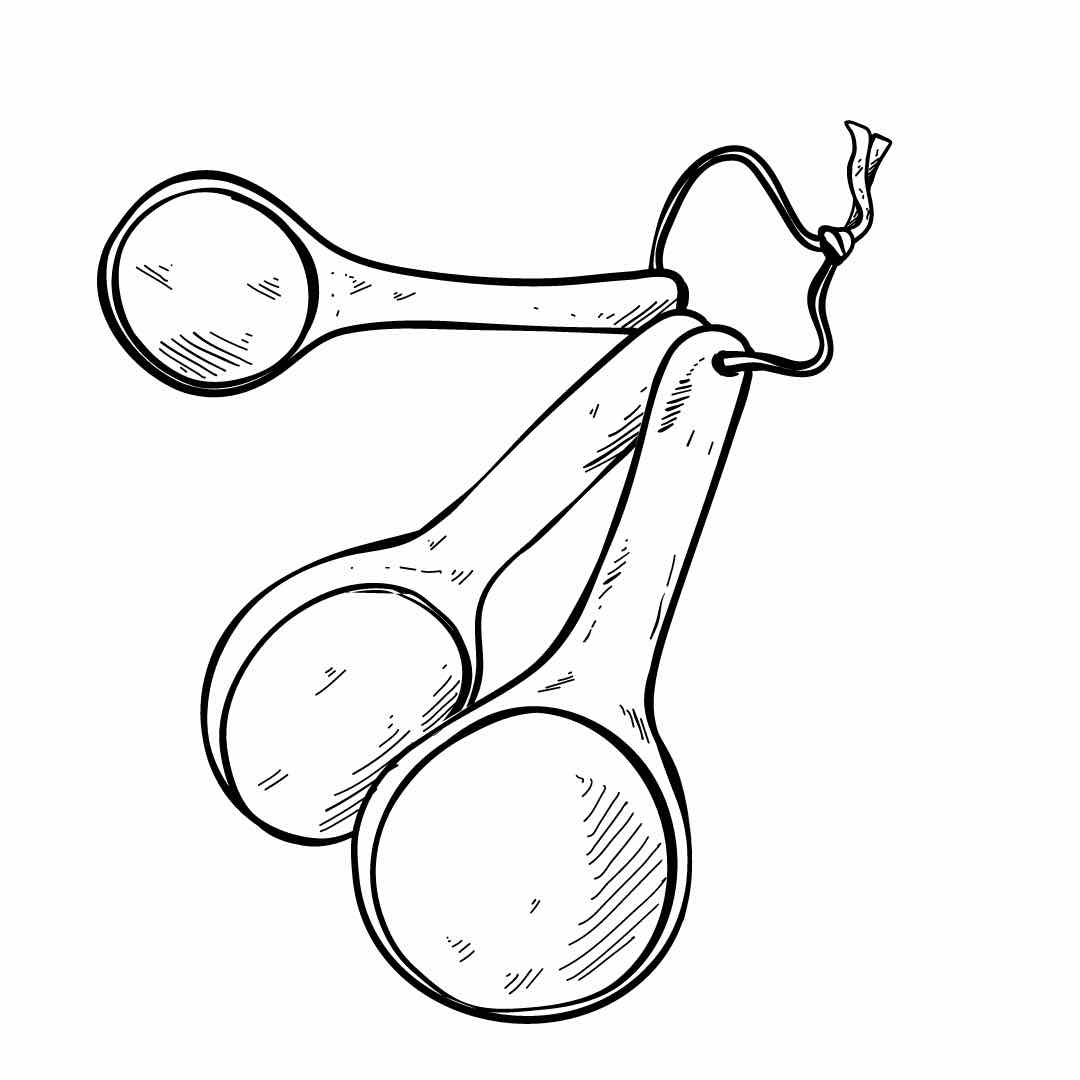
Serves:
Several jars of dried marjoram

Time to Prepare:
10 minutes
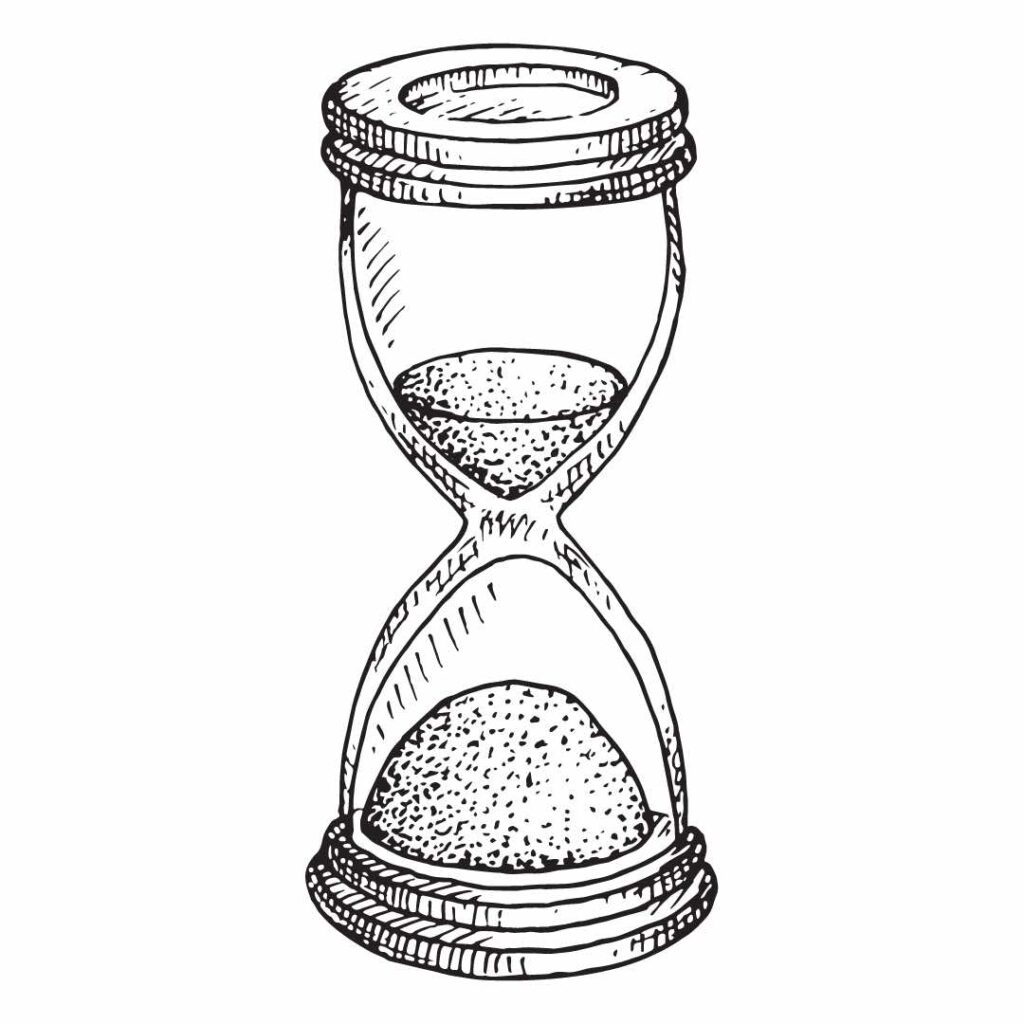
Time to cook or cure:
5–10 days depending on humidity
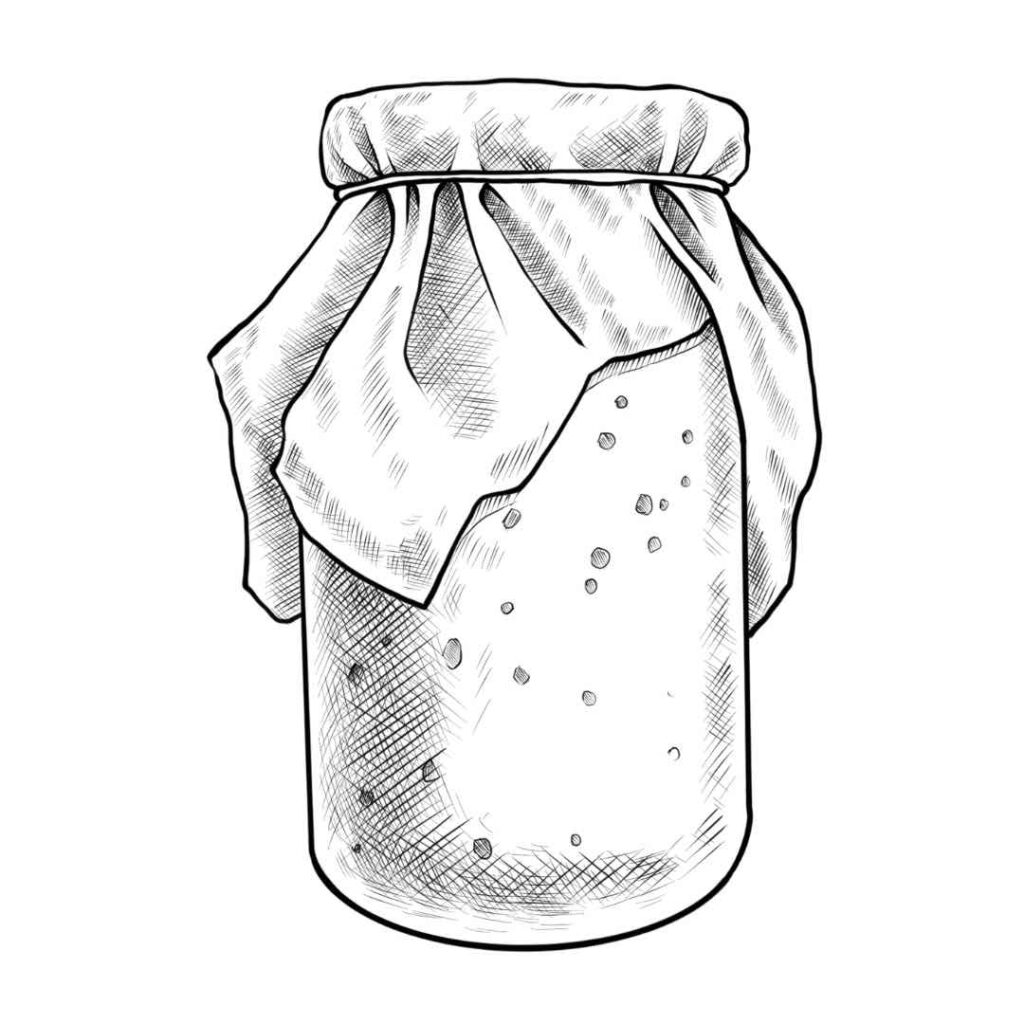
Skill
Harvesting, tying, air drying
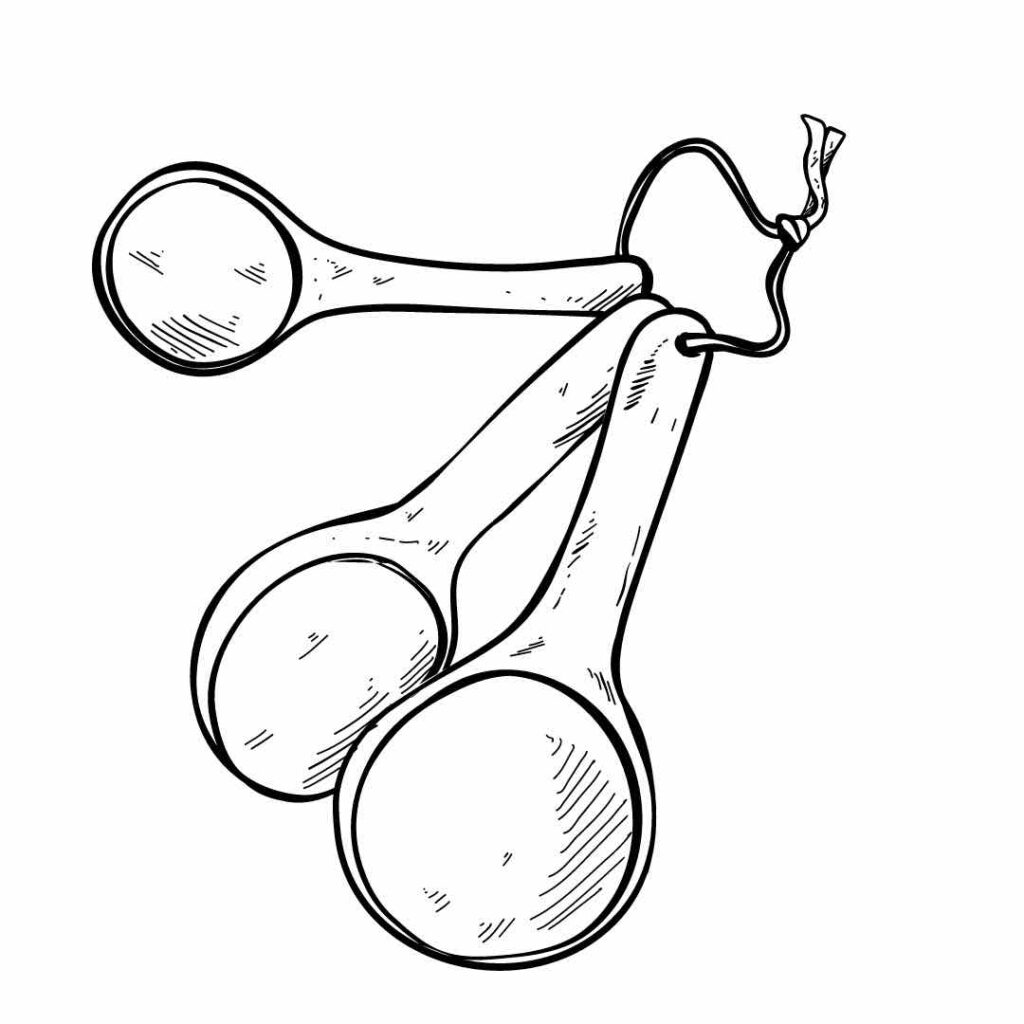
Serves:
Several jars of dried marjoram

Time to Prepare:
10 minutes

Time to cook or cure:
5–10 days depending on humidity

Skills:
Harvesting, tying, air drying
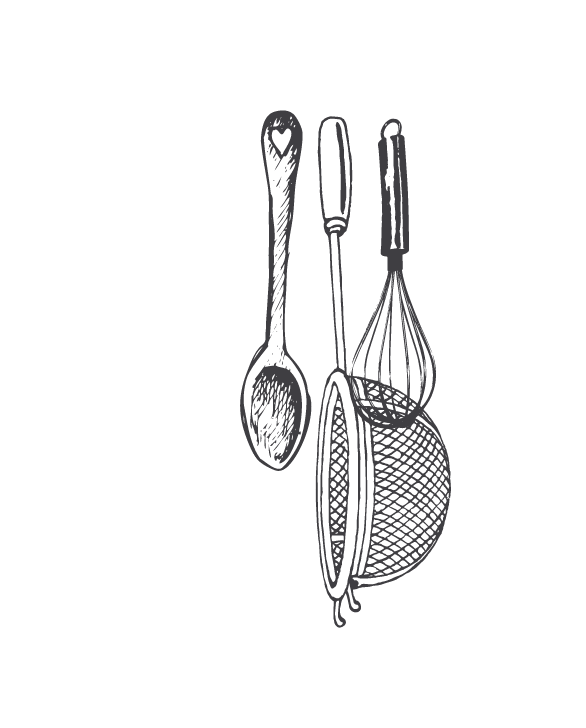
Avoid washing unless absolutely necessary—moisture slows drying.
Use elastic bands instead of string to adjust as herbs shrink.
Hang upside down in bunches for even drying.
Label and date your dried herbs before storing.
Store dried marjoram in airtight jars, away from direct sunlight and moisture. Label each jar with the date. Properly dried herbs can last for up to a year with full flavor.
A: Only if it’s visibly dirty. If you do wash it, make sure it’s fully dry before bundling.
A: You can, but air drying preserves more of the oils and scent. Only use the oven if your area is too humid.
A: The leaves should feel crisp and crumble easily between your fingers.
A: Tie them into smudge bundles to use for smoking food or lighting fires!

Recipe Categories
We lost so much.
Our pastures are destroyed, many of our old olive trees, the young orchards, the irrigation systems, our most important tools, water pumps, and power setup—either melted or destroyed.
Our food and hay stores, the fences, and many of the stable buildings are either damaged or lost entirely.
What took years to build was reduced to ash in a single afternoon.
Ready to Recharge and Enjoy Real Food in Nature?
Cook, connect, and grow in the heart of our regenerative farm.
Real food. Deep rest. Lifelong memories.
